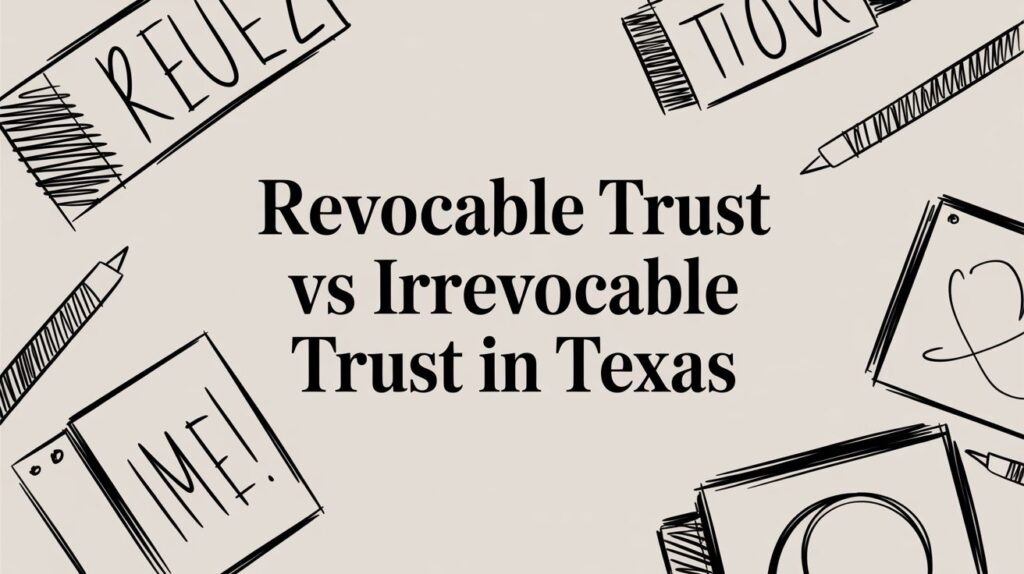No one wants to talk about what happens when a loved one dies—especially when they leave no will behind. But the truth is, when there’s no valid will, the legal system doesn’t pause. It moves forward using a specific legal framework known as intestate succession. In these situations, claiming property under intestacy laws becomes the only route for heirs to receive what might be rightfully theirs.
In this guide, we’ll explore claiming property under intestacy laws explained—covering the basics, diving into Texas-specific rules, and using real-life stories to bring it all home. You’ll gain clarity on how the process works and what to expect when no will exists and family members must navigate the system.

What Is Intestacy? How Estates Are Distributed Without a Will
When There’s No Will
The term intestacy refers to the legal condition that arises when someone dies without leaving a valid will. Rather than distribute assets based on the decedent’s wishes, the state steps in and uses predetermined rules to divide the estate. These rules are called intestate succession laws.
Every U.S. state, including Texas, has a version of these laws. While they follow a general order of inheritance based on familial relationships, key details—especially about spouses, children, and community property—vary. For anyone pursuing claiming property under intestacy laws, understanding these variations is critical.
Real-Life Example: The Case of Frank’s Family Farm
Frank, a widower in rural Texas, passed away suddenly in his 70s. He had never drafted a will. Frank had three adult children, and his only major asset was the family farm he’d worked on for decades. One of his daughters, Sarah, had lived on the property and helped him manage it in his later years.
When Frank died, the question wasn’t just who gets the farm—it was how the property would be legally distributed. Because he died intestate, Texas intestacy laws kicked in, dividing the estate equally among the three children. Sarah wanted to keep the farm, but to do so, she had to buy out her siblings’ shares.
This scenario is all too common—and it highlights the importance of understanding how claiming property under intestacy laws actually plays out when real families are involved.
Texas Intestacy Laws: The Legal Foundation
Who Gets What?
In Texas, the rules for intestate succession are outlined in the Texas Estates Code, which sets out the priority order for heirs based on the deceased’s family structure.
If the deceased was married and had children (from that marriage):
- The spouse gets 1/3 of the personal property
- The children get the remaining 2/3
- The spouse keeps a life estate in 1/3 of the real estate (and the children get the rest)
If the deceased had children from another relationship:
- The surviving spouse receives only their half of the community property
- The children inherit the deceased’s half
If the deceased was single:
- The property passes to the children first
- If no children, then to parents, siblings, or nieces and nephews, in that order
Understanding these basics is the first step in claiming property under intestacy laws explained—especially when the family structure is complex.
How to Start the Intestacy Process
Step-by-Step Guide for Heirs
Claiming property when there’s no will isn’t automatic. You’ll need to follow certain legal steps to be officially recognized as an heir and receive your share of the estate.
Step 1: File for Probate
Even if there’s no will, you still need to go throughprobate court to administer the estate. In Texas, this typically begins with:
- Filing an Application to Determine Heirship
- Opening a dependent or independent administration
- Assigning an administrator (similar to an executor)
If there’s no one clearly designated to handle the estate, the court may appoint someone.
Step 2: Heirship Hearing
The court schedules a hearing to legally determine who the rightful heirs are. This is often based on sworn affidavits and testimony from people who knew the deceased.
The court will issue an Order Declaring Heirship, which becomes the legal basis for distributing the estate.
Step 3: Inventory and Valuation
Once heirs are named, the administrator must list and value all assets, debts, and claims. This includes:
- Real estate
- Vehicles
- Bank accounts
- Investments
- Personal property

Proper valuation is critical when claiming property under intestacy, especially if multiple heirs want the same asset—like a home or land.
Step 4: Settle Debts and Taxes
Before anyone gets their inheritance, all valid debts, funeral expenses, and taxes must be paid. Creditors can file claims during this phase.
Once cleared, the court can approve the final distribution.
Step 5: Distribute the Estate
After debts are paid, the court signs off on the division of property according to intestacy rules. At this point, heirs can take legal possession of their share.
Real-Life Example: The Unclaimed Insurance Policy
After Maria’s father died, she discovered he had a life insurance policy—but he hadn’t named a beneficiary. Without a will, the policy became part of his estate. Maria assumed she’d get it all, since she was his only child. However, because her parents were still legally married (though separated), Texas intestacy laws split the estate between Maria and her mother.
Had Maria understood the intestacy process better, she could have anticipated this outcome. Instead, the surprise created conflict—and delayed the insurance payout by nearly a year.
This story shows why claiming property under intestacy laws explained must include not just rules, but real-world expectations.
Common Challenges in Intestacy Cases
What Can Go Wrong?
The intestacy process isn’t always straightforward. Some of the most common hurdles include:
- Disputes over heirship: Siblings or stepchildren disagree about who qualifies
- Unclear ownership: Property was never titled properly
- Out-of-state assets: Probate must be filed in multiple jurisdictions
- Missing heirs: Someone entitled to a share can’t be located
- Creditor claims: Debt exceeds the value of the estate
These situations slow everything down and may require additional hearings, legal motions, or even litigation.
Understanding how these play into claiming property under intestacy can help you prepare for delays and make smarter decisions.
Can You Claim Property Without Going to Court?
Small Estate Affidavit and Other Shortcuts
Texas law offers some options to simplify the intestacy process for smaller estates.
Small Estate Affidavit
If the estate:
- Is worth $75,000 or less, excluding homestead
- Has no will
- Doesn’t include contested real estate
…then heirs may be able to file a Small Estate Affidavit to claim their inheritance without full probate.
This option can be faster and less expensive but isn’t right for everyone.
Muniment of Title
If there is a will, and there are no unpaid debts or disputes, you may qualify to use this streamlined court procedure to transfer title without full administration.
Although not intestacy-based, this often comes up when people believe no will exists, only to find one later.
So, part of claiming property under intestacy laws explained means knowing when you can skip probate—and when you can’t.

Real-Life Example: The Missing Will
Janice thought her father had no will when he died, so she filed an intestate application. Months later, a neighbor found a copy of a handwritten will in an old filing cabinet. The document left everything to Janice’s brother.
Now the court had to reopen the case, evaluate the will’s validity, and possibly undo the prior distribution. Janice had to return assets she thought were hers.
This story highlights the importance of thoroughly searching for estate planning documents before initiating claiming property under intestacy laws.
Claiming Specific Types of Property
Real Estate, Bank Accounts, and More
Each asset type requires a slightly different process.
Real Estate
The Order Declaring Heirship becomes the legal document used to transfer the title. You’ll likely need:
- A certified copy of the order
- A deed prepared by an attorney
- Filing with the county recorder
Bank Accounts
Banks will usually require:
- Certified letters of administration
- Death certificate
- Proof of heirship
If accounts are under $10,000, some banks accept a small estate affidavit.
Vehicles
To transfer a vehicle, you’ll file with the Texas DMV using:
- Form VTR-262 (Affidavit of Heirship for a Motor Vehicle)
- Certified copy of the death certificate
- Probate or heirship documents
Each agency has its own requirements, so consult with a probate attorney for large or complex assets.
Avoiding Intestacy in the Future
What You Can Do Now
The easiest way to avoid intestacy headaches is to create an estate plan. A basic plan should include:
- A valid last will and testament
- A revocable living trust (if you have real estate or high-value assets)
- Payable-on-death (POD) and transfer-on-death (TOD) designations
- A durable power of attorney and medical directive

Even just updating beneficiary forms and keeping documents in a known location can save your heirs months—if not years—of legal drama.
If there’s one takeaway from claiming property under intestacy laws explained, it’s this: the law will make decisions for you if you don’t make them yourself.
Final Thoughts on Claiming Property Under Intestacy Laws Explained
No one expects to be thrown into probate court—especially not when they’re grieving the loss of a loved one. But when a will doesn’t exist, claiming property under intestacy laws becomes your only option. And while the process is designed to be fair, it’s not always easy or intuitive.
By understanding your rights, the court procedures, and the documents involved, you can take a proactive role in securing what’s legally yours. Whether it’s a family home, a bank account, or a beloved heirloom, intestacy laws dictate who gets what—but you can navigate the process with clarity and confidence.
The key is preparation. Arm yourself with knowledge, get legal guidance when needed, and don’t delay when someone you love passes away. Claiming property under intestacy laws explained isn’t just a legal formality—it’s how you protect family legacies and honor the memory of those who came before you.








